Our site uses cookies to give you the best experience. or continue shopping if you're happy.
Accept & closePower Tools Buying Guide
Get practical with our power tools buying guide and find out which tools you’ll need to tackle that DIY project
Looking to make some home improvements? If you’re getting into the DIY game, you need to have the right tools to get the job done properly. Our guide will talk you through some of the essential power tools you’ll want to get your hands on to make those home projects that little bit easier.
Types of power tool

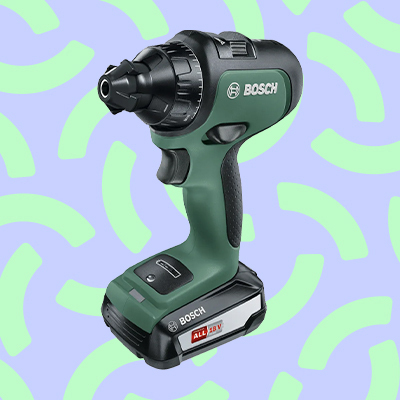
Drill
Drills are motorised tools that make light work of everything from assembling flatpack furniture and putting up TV wall brackets, to dealing with tougher material like brick and masonry.
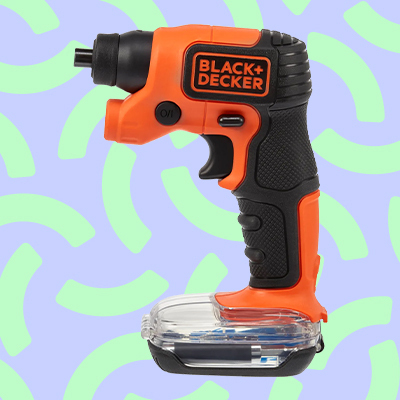
Electric screwdriver
Electric screwdrivers are the tool of choice for putting together that flatpack furniture or assembling anything that uses screws. While drills can also tackle this job, the slower speed of an electric screwdriver makes them the better tool for more precision and care.
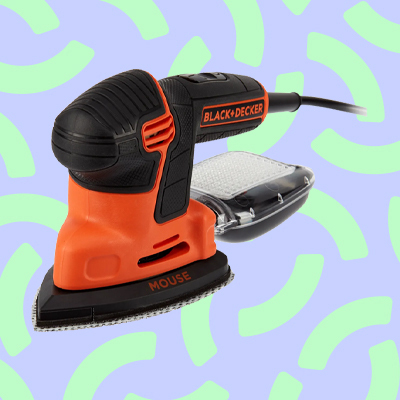
Sander
Add the finishing touches with a motorised sander. These handy tools are perfect for when you need to remove any tough varnish, stains, paint or rust. So, if you want to give your coffee table a new lease of life or buff up a rusty old bike frame, then you’ll need to get your hands on a sander.
Screwdrivers and drills: Which type do I need?
While drills are versatile tools that can tackle a number of jobs, certain models are better suited for some tasks than others. So, for the best results, you’ll want the right tool for your project.
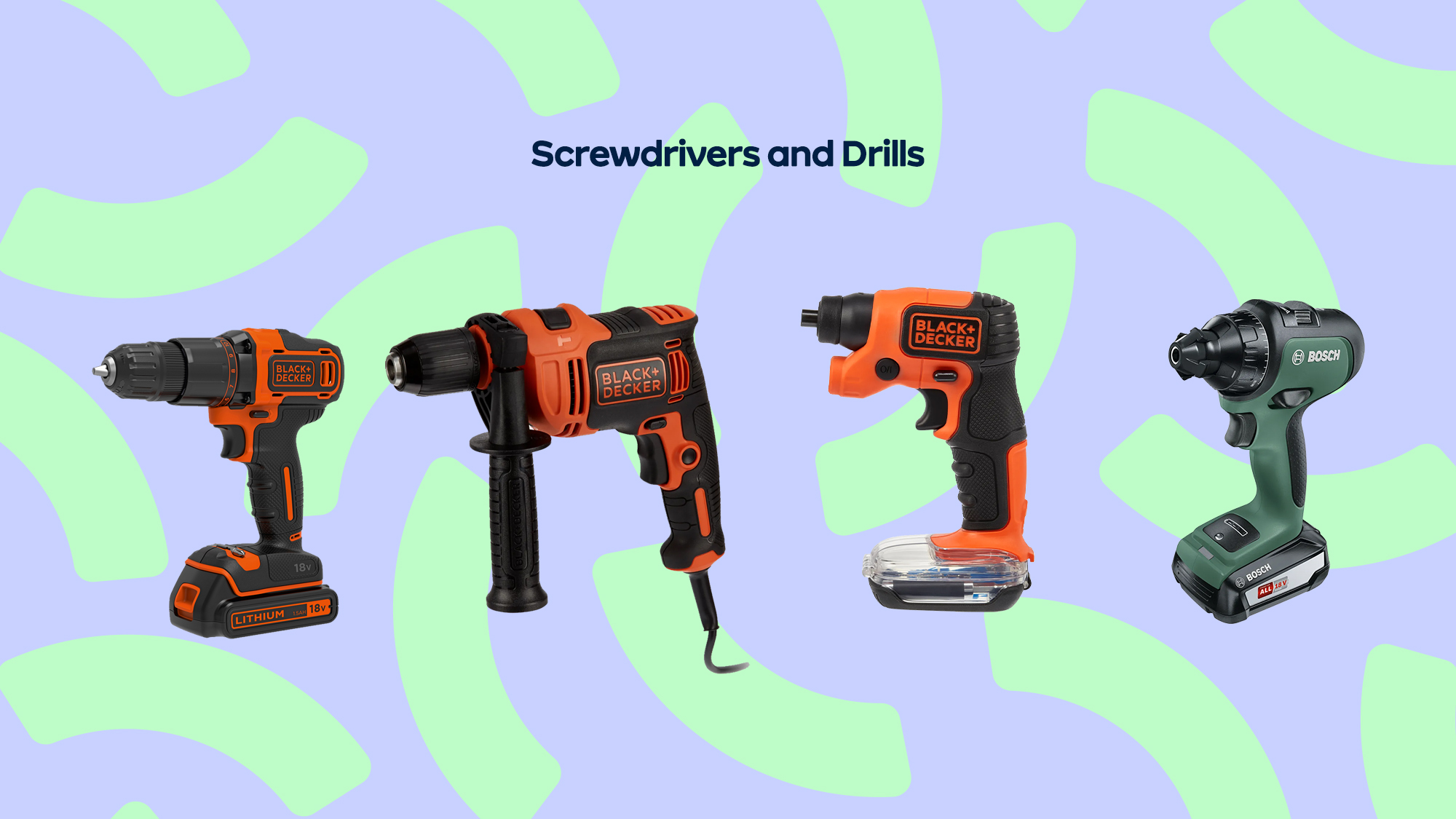

Electric Screwdrivers
If you want to whip up some flat pack furniture in record time, an electric screwdriver will let you quickly and easily fasten and remove screws without any damage.

Drill drivers
Drill drivers are the tool of choice for piercing holes in surfaces such as plastered walls, wood and metal. So if you’re finally hanging up that piece of art that’s been gathering dust in the attic, get your hands on one of these.

Hammer drills
More sturdy and robust than drill drivers, hammer drills will be your best friend for any outdoor projects, as they can drill through brick. They’re also best suited for securely mounting TV wall brackets.

Combi drills
The perfect allrounder, and a must have tool for any seasoned DIYer. Combi drills give you a drill driver and a hammer drill all in one tool, so you’ll be able to tackle any and all home improvement projects.
Key features

Torque
Torque is the measurement for how fast a drill rotates. A high torque setting will mean faster rotation, making it ideal for working with sturdy materials such as brick. But if you’re drilling through surfaces like wood or plaster board, a lower setting is better suited to reduce damage.

Speed
The speed of a drill is measured in revolutions per minute or more simply put, RPM. But more speed isn’t necessarily better. Again, similar to torque, a slower speed is more suited to softer materials while a high speed is the choice for tackling tougher surfaces.

Reverse action
The reverse function is a simple but useful feature that you’ll definitely want on any drill that you’ve got your eye on. It effortlessly lets you change the direction of the drill so you can loosen bolts and screws.

Keyless chuck
The chuck is the part of the drill where the drill bits are secured. A keyless chuck lets you swap out different drill bits without the need of a key. So if you need to change diameter, or you want to swap in a screwdriver attachment, it’s as simple as twisting it on.

Automatic gears
Drills with automatic gears let you quickly change settings while doing your DIY work. So you can up the speed to tackle some brick work at the touch of a button.
Drill bits
Ever started your DIY project and then realised the screws you have don’t fit the drill or screwdriver you’ve got? To save you from the impending heartbreak, a lot of our models come with a set of easily changeable bits, so you’re perfectly prepared for every job at hand.
Sanders
Put down the sandpaper and pick up a motorised sander instead. These tools make what can be a laborious task, simple and easy. But, before you go and start sanding every surface under the sun, make sure you know which type of sander you need to get the job done.

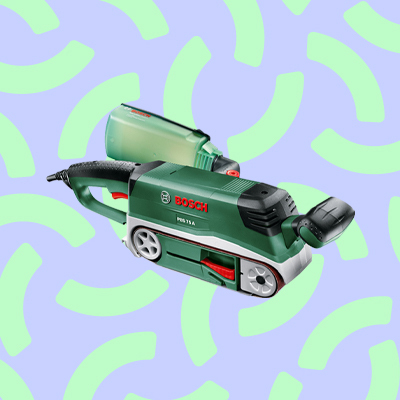
Belt sander
The belt sander is a great tool if you want to quickly sand down wood. The continuous band of sandpaper rapidly spins around meaning you can remove excess material really fast. All you need to do is control it with the easy to hold handles.
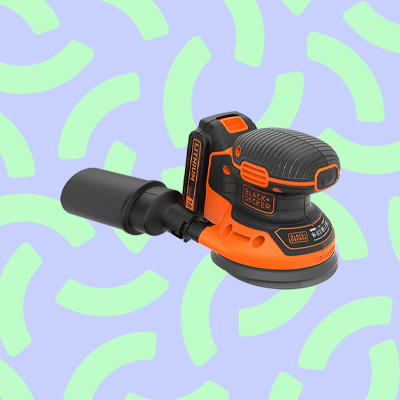
Random orbit sander
Random orbit sanders can plough through heavy varnish or stains, for a smooth finish. The round spinning disk at the bottom will easily glide over those rough wooden surfaces. And when you need to change the type of finish you want, just choose a new type of sandpaper.

Detail sander
If you fancy yourself as a bit of a wood worker, you’ll want a detail sander. These crafty tools are fitted with a vibrating triangle head that lets you reach all those corners and tight spaces. So if you’re looking to get creative, this should be straight on your DIY shopping list.
Corded or cordless?
When choosing between a corded or cordless power tool, ask yourself where and how you’ll be using it. Standard corded models are great if you have an electric output nearby, as you’ll never run out of power. But, you are restricted to the length of the cord, so bear this in mind when choosing. If you’ll be using this tool mainly outside in the garden, or if you want the freedom to move around as and when you choose, a cordless model is the choice for you. And if you stock up on batteries then you’ll be able to easily swap them out for uninterrupted power.
FAQs
- What cordless drill should I buy?
As an allrounder, we’d recommend looking for a combi drill with a decent battery life and easy to use controls. But, the best choice for you can depend on what you’ll be using it for, so make sure you can answer that question before you buy.
- What do I need to drill through ceramic and porcelain?
A hammer drill is the go-to choice for drilling through tough materials like ceramic and porcelain.
- What drill should I buy?
If you’re looking for the best drill for you, there’s a few things to consider. Does it need to be cordless, what job are you using it for, and how much power or speed do you need? We stock a bunch of amazing options, like hammer drills and this handy combi drill, but if you need some more help choosing, just check out our buying guide.
- Where to buy a screwdriver?
If you’re looking to buy a screwdriver, we have a bunch of drills with screwdriver attachments, and they come from some of the best brands around, like Bosch and Makita. Found one cheaper somewhere else? If we’ve got it in stock, we’ll match the price and send the item straight to you
- What does Ah mean on a drill battery?
Ah stands for ampere-hour, and this is the measurement for how much charge your battery can deliver in one hour.
- What does SDS stand for in drills?
SDS stands for ‘self-direct system’, this is a particular type of drill that is geared towards heavy-duty tasks. Such as chiselling and drilling through masonry.
- What voltage drill should I get?
Drills with 12 to 18 volts should meet most homeowners needs. You can always go for a higher voltage if you’ll be doing heavier work. But don’t forget that with cordless drills, the higher the voltage, the heavier the battery.
- Which sander is best for furniture?
It depends really, if you’re just looking to sand down that old chest of drawers then a standard belt sander should be just fine. But if you’re looking for more care and control, then a detail sander will help smoothen out that one of a kind wooden chair or add the finishing touches to a rustic bookshelf.
- What sander should I get for plaster walls?
For this surface, look no further than a good random orbit sander, these models are perfect for tackling tough surfaces.
- Which sander should I get to remove paint?
Again, we would recommend picking up a random orbit sander for this job, but a belt sander would also be a more than capable option.
- How does an orbital sander work?
Random orbit sanders use a spinning disk to sand down different materials.
- Can a sander be used as a buffer?
Yes it can. A random orbit sander is the best model to use, as long as you use it with an appropriate polishing pad.
- Which sanders can be used on decking?
A random orbit sander is the tool of choice if you’re tackling the decking.

